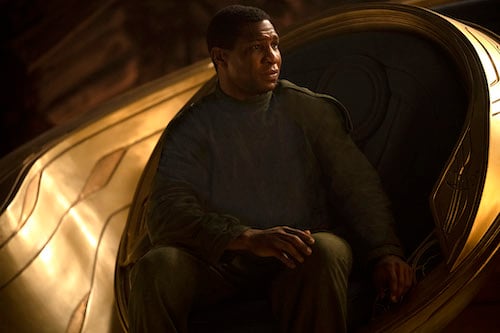
Marvel Studios' Ant-Man and The Wasp: Quantumania is an important puzzle piece within the wider Marvel Cinematic Universe (MCU). It's the inaugural film in Marvel Phase Five and introduces a dangerous, all-encompassing villain whose threat will extend throughout the remainder of Phase Five and Phase Six.
Said villain is Kang, played by the terrific and charismatic actor Jonathan Majors. What makes Kang so deadly is there isn't one definitive version of him, but several that span the length and breadth of the ever-expanding multiverse.
That means Earth's mightiest heroes are going to have their hands full attempting to keep track of a multifaceted villain who possesses the capacity to manipulate the entire space-time continuum.
The mid and post-credits scenes of Quantumania are the first step towards establishing this complicated and wide-ranging threat. With spoilers, here's our breakdown of both scenes and what they mean for the future of the MCU.
WARNING: ANT-MAN SPOILERS AHEAD
What happens at the end of Ant-Man and The Wasp: Quantumania?
During Ant-Man's final battle, the titular Marvel superhero (played by Paul Rudd) must stop the rampaging Kang the Conqueror (Jonathan Majors) from escaping the Quantum Realm. Kang was stranded in the subatomic realm, and subsequently stripped of his timeline-adjusting powers, by his multiverse-dwelling variants who had started to fear his influence and warmongering attitude.
Should Kang escape with the aid of the power core on his ship, he will be able to realise his mastery over all known time and space. Ant-Man teams up with his daughter Cassie (Kathryn Newton), now an emergent superhero with a suit of her own, to grow to a massive size and destroy Kang's forces. They also have an assist from Janet van Dyne (Michelle Pfeiffer), whose knowledge of the Quantum Realm runs deeper than anyone's, and Hank Pym (Michael Douglas) who commands an army of hyper-evolved ants to ultimately swarm Kang's drones.
There's also unexpected assistance from the human/android hybrid MODOK, who has already been revealed as Ant-Man's old enemy, and Hank's former protege, Darren Cross (Corey Stoll). Ant-Man, with help from The Wasp (Evangeline Lilly) ultimately knocks Kang into the power core and obliterates him from all existence.
Having liberated the rebels who populate the Quantum Realm, Scott and his team return back to the recognisably human surroundings of San Francisco. Although Scott cracks a fourth wall gag about the possibility of Kang coming back, this is revealed to be comedic red herring. Or is it? After all, he was warned that Kang's death would kickstart a series of truly dreadful events...
What is the significance of the Ant-Man mid-credits scene?
News of Kang the Conqueror's death soon reaches his variants in the multiverse. Eagle-eyed comic book fans will recognise Kang's Pharaoh variant as Rama-Tut, whereas the others appear to be Scarlet Centurion (although his armour is a different colour) and Immortus. These are the Kang variants who banished the Conqueror in the first place, although this wasn't necessarily for altruistic purposes.
Rama-Tut began life as a 31st-century scientist named Nathaniel Richards who travelled back through time via technology developed by Fantastic Four villain Doctor Doom. Establishing himself as a despotic ruler, in the comics, Rama-Tut was eventually defeated by the Fantastic Four.
Scarlet Centurion is another guise that was attempted by Nathaniel Richards. He was inspired by a chance encounter with Doctor Doom and styled himself after the Fantastic Four's dreaded nemesis, although he ultimately deemed the persona to be a failure and returned to his Rama-Tut variant.
Immortus is a future variant of Rama-Tut/Kang. In the comics, Rama-Tut is approached by the Time-Keepers to aid in their efforts to preserve timelines, as opposed to conquering them. Rama-Tut agrees in exchange for his own immortality, ultimately reinventing himself as Immortus.
How much of this rich comic book history will be translated into future MCU films remains to be seen. For now, let's work with what we've got.
"None of us killed him... They’re beginning to touch the Multiverse,” Immortus says, expressing concern that Earth-616's mightiest heroes are coming a bit too close to the multiverse for comfort. (Earth-616 refers to the primary Marvel comic book continuity in which most of the action takes place.)
Immortus adds: “So let’s stop wasting time. We’re late.” We then cut to a wide shot of an amphitheatre populated by untold numbers of cheering Kangs (aka the Council of Kangs) – this is the supreme uh oh moment that confirms Scott and the remaining MCU heroes are about to have a big problem on their hands.
During the final events of the small-screen series Loki, Kang variant He Who Remains warned Loki (Tom Hiddleston): "I keep you safe. And if you think I’m evil, well, just wait till you meet my variants." He Who Remains essentially set himself up as the lesser of several evils; unfortunately, those evils now look to be unleashed during the remainder of Marvel Phase Five and Phase Six.
What is the significance of the Ant-Man post-credits scene?
The post-credits scene establishes direct continuity with the events of Loki. The titular god of mischief is standing in a teeming crowd of people along with Mobius (Owen Wilson), Loki's close ally within the Time Variance Authority (TVA).
We find them at the outset of the 20th century, and they're watching a man named Victor Timely giving a speech to the enthralled masses. Victor is another variant of Kang (one can sense Majors having a lot of fun with the multifaceted costumes and make-up effects), and Loki is convinced the apparently harmless-looking individual is, in fact, a highly dangerous harbinger of coming events.
As per the original comics, Victor Timely is a Kang variant who travels to Wisconsin in 1901. There, he establishes a town, becomes its mayor and utilises his knowledge of the multiversal timeline to develop astonishing futuristic technology. This allows Victor to plan an insurgent takeover of Earth-616, so it's little wonder that Loki is alarmed by his presence.
As far as the MCU movies are concerned, this is the first Kang variant that has been identified on Earth. The danger is, therefore, of the clear and present variety, fuelling the warning from He Who Remains that the variants are everywhere and capable of untold devastation. Loki and Mobius have clearly followed the latter's lead and used TVA technology to track Kang variants across the multiverse. One imagines they will continue to do so during the second series of Loki.
This post-credits scene is an explicit link-up between the events of the small-screen Disney+ content and the big-screen theatrical MCU films, and no doubt this strategy will continue throughout Phases Five and Six as Kang extends his nefarious influence.
Can't wait for another trip to the Quantum Realm? Click here to book your tickets for Ant-Man and The Wasp: Quantumania, now on release at Cineworld.
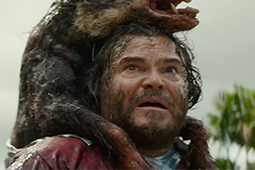


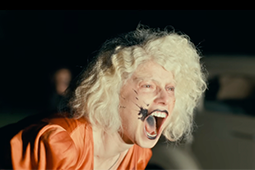
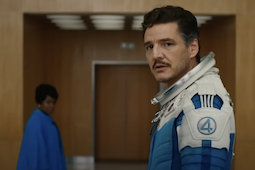
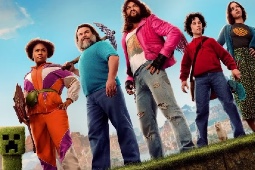
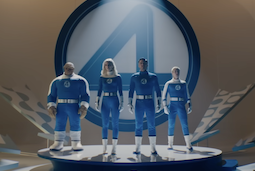
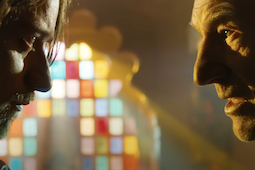
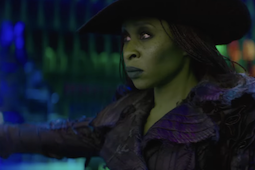
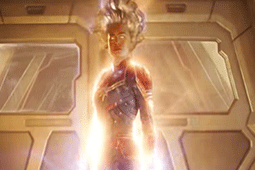


.jpg)
.png)






